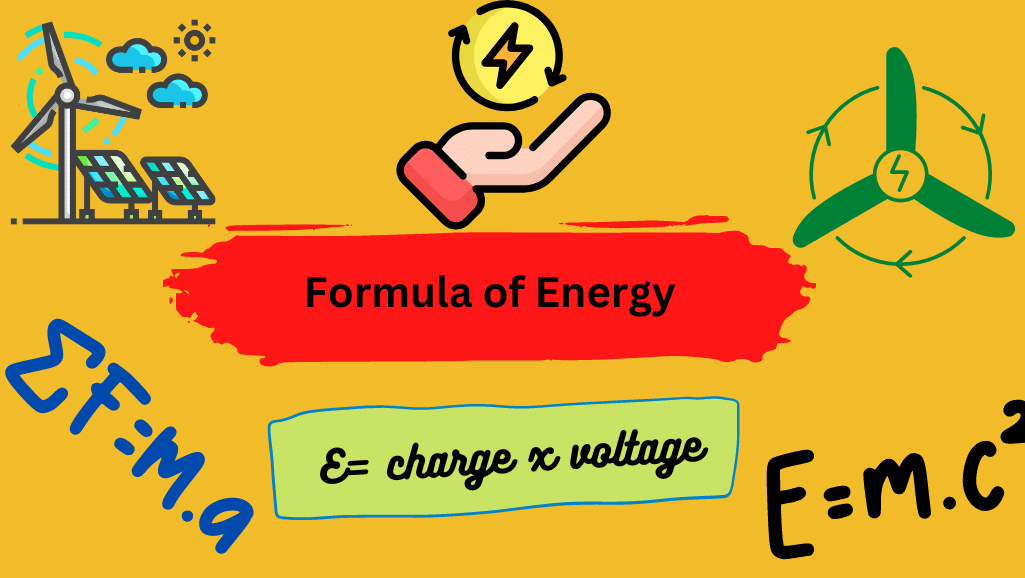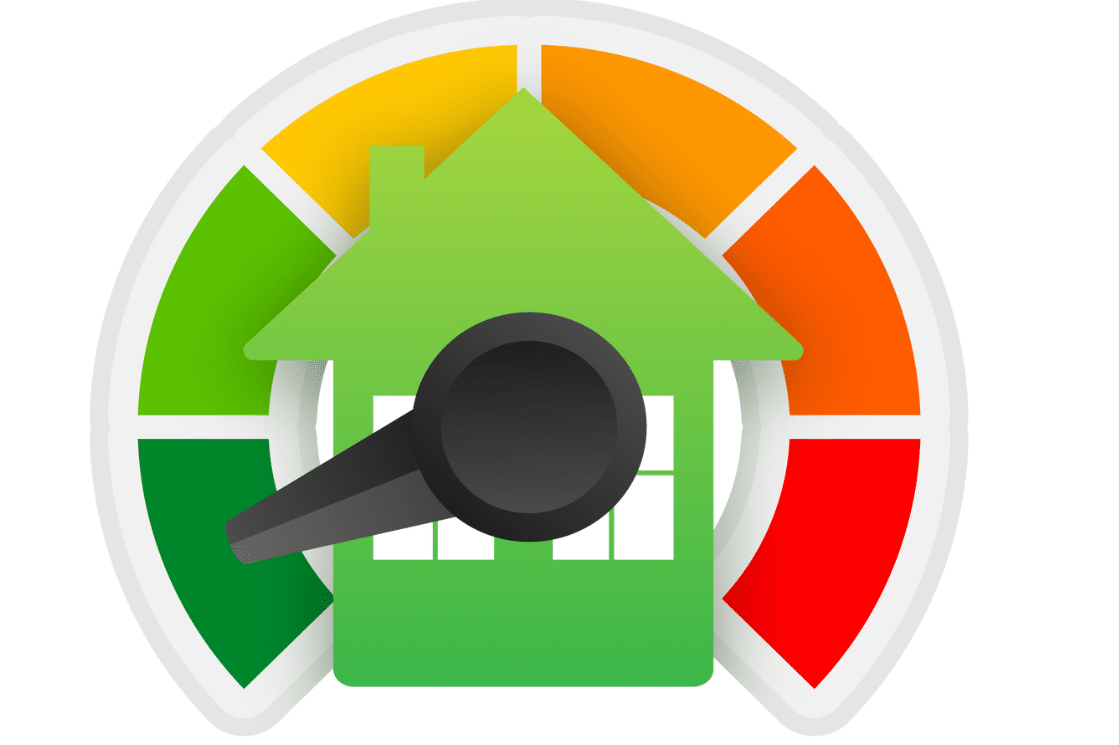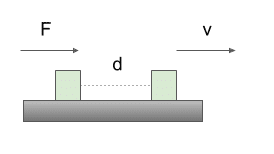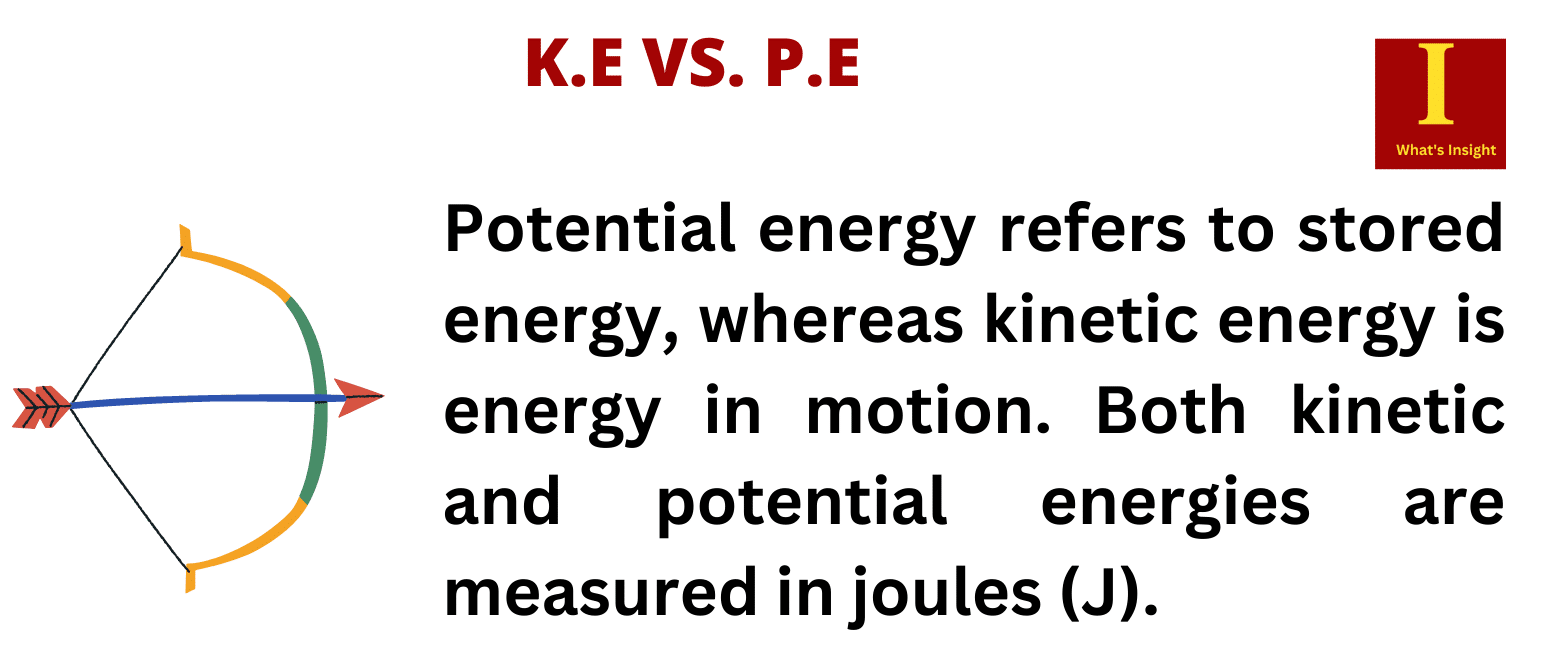According to the law of conservation of energy, energy cannot be created or destroyed; it can only change forms. As a result, various energy formulas exist. To understand how these formulas are expressions of the same thing, first grasp the concept of energy. Energy is defined as the ability to perform work.

Energy comes in a variety of forms. Here are some examples of common energy types and their formulas
| Types of Energy | Formula | Variables |
| Mechanical energy | Emech = (1/2)mv2) + (mgh) | m is the mass; v is the velocity ; g is gravity; h is the height |
| Kinetic energy | K.E = 0.5 m v2 | m is the mass; v is the velocity |
| Potential energy | mgh | m is the mass; g is gravity; h is the height |
| Thermal energy | Q = mcΔT | Q is thermal energy, m is mass, c is specific heat capacity, ΔT is the change in temperature |
| Light energy | E = hc/λ | E = Energy of the photon (in Joules) h = Planck’s constant. c = speed of light λ = wavelength of the light |
| Electrical Energy | E = Q x V | Q is charge and V is voltage |
Table of Contents
Mechanical Energy Formula and Examples
Mechanical energy is the sum of the kinetic energy and potential energy of an object that is used to do specific work. Mechanical energy (kinetic energy or potential energy) is the energy stored in an object as a result of its position.
Mechanical energy is also a driver of renewable energy. Hydropower and wind energy are two examples of mechanical energy-based renewable energy.
The mechanical energy formula is given as:
Emech = kinetic energy + Potential energy
Emech = (1/2)mv2) + (m × g × h)
where:
- m = mass of an object
- v = velocity of the object
- g = acceleration due to gravity
- h = height of the object from the ground.
Daily life examples of systems working on mechanical energy principles are listed below:
- Working of electric motor
- Movement of bow and arrow
- Movement of wind turbine blades
- Moving cars, trucks, boats and aeroplanes
- In a roller coaster, every time you go up, the potential energy builds and the kinetic energy diminishes
Kinetic Energy Formula and Examples
Kinetic energy is the energy possessed by a moving object as a result of its motion. The more kinetic energy an object has, the faster it moves. A moving object’s kinetic energy equals one-half the product of its mass and the square of its velocity. The kinetic energy formula is given as:
Kinetic energy = 0.5 x mass (m) x velocity2 (v)
Daily life examples of systems working on kinetic energy principles are listed below:
- Moving air uses kinetic energy to rotate wind turbine blades
- Running water has kinetic energy
- moving charges have kinetic energy
- Rotation of fan
Potential Energy Formula and Examples
Potential energy is the energy that an object possesses as a result of its position. If the object is lifted straight up at a constant speed, the force (F) required to raise it to the height (h) equals its weight (mg).
The potential energy formula is given as:
Potential energy = mass (m) x gravity (g) x height (h)
Daily life examples of systems working on kinetic energy principles are listed below:
- Stored water potential energy in dams
- The moving pendulum has maximum potential energy at the extreme position
- Anything placed at the height
Thermal Energy Formula and Examples
The flow of heat from a warmer to a cooler material is referred to as thermal energy. When thermal energy is applied to a material, the particles’ motion accelerates and the temperature rises. Thermal energy is technically defined as the sum of all kinetic and potential energy in a physical system. This total thermal energy is also known as the total internal energy of a system. The thermal energy formula is given as:
Q = mcΔT
Where:
- Q: heat energy or thermal energy [Joules]
- m: mass [Kg]
- c: specific heat capacity [J/(kg K)]
- ΔT: change in temperature [K]
Daily life examples of systems working on thermal energy principles are listed below:
- Burning of fire
- Cooking of food
- The heating system in the home
- Working of fuel cells
- Geothermal energy
Light Energy Formula and Examples
Light energy is a type of energy that is visible to the naked eye and moves as transverse waves with a wavelength of 400-700 nanometers. Hot objects, such as lasers, lamps, and the sun, emit an electric pulse known as light. Photons are tiny energy packets that comprise light. The light energy formula is given as:
E =hf
Where:
- E = Energy of the photon (in Joules).
- h = Planck’s constant.
- f = frequency of the light in units of per second (1/seconds)
Another version of the light energy formula or light (photon) energy formula is related to the wavelength of light which is given as:
E = hc/λ
Where:
- E = Energy of the photon (in Joules)
- h = Planck’s constant.
- c = speed of light
- λ = wavelength of the light
Electrical Energy Formula and Examples
Electricity energy is a type of energy that enables objects to move and function. It is the transfer of electrons, which are tiny particles, from one location to another. Electric energy is created as a result of either stored or moving charged particles. The electrical energy formula is given as:
Electrical energy = Q (charge) x Voltage (V)
Daily life examples of systems working on electrical energy principles are listed below:
- Working of electric heaters
- Resistors convert electrical energy to thermal energy
- Electric ovens convert electrical energy to thermal energy
Bio EnergyExamples
Bioenergy is defined as energy derived from biomass. Biomass is the material that is burned or processed to generate bioenergy. It is made up of organic material that comes from living organisms like plants and animals.
- Burning wood to create heat.
- Using biodiesel and ethanol to fuel vehicles.
- Using methane gas and wood to generate electricity.
More Links
- BCl3 Lewis Structure in four simple steps - November 1, 2023
- PH3 Lewis Structure in four simple steps - October 8, 2023
- PF3 Lewis structure in four simple steps - September 24, 2023



